Enhanced eCommerce Tracking on WooCommerce with Google Tag Manager
Enhanced eCommerce Tracking on WooCommerce with Google Tag Manager
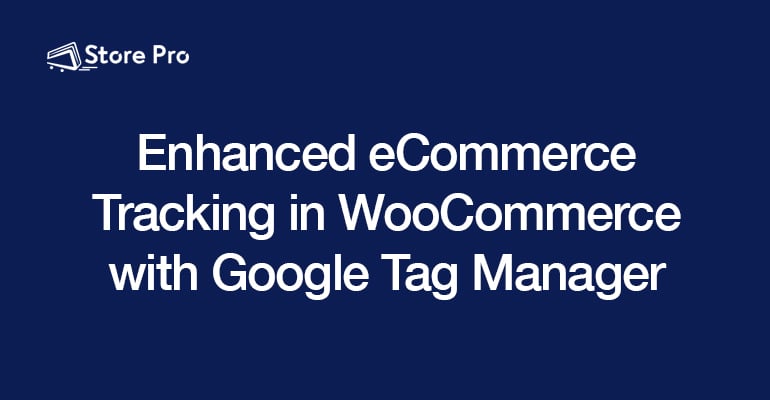
Whether you have a simple online retail store or a large eCommerce marketplace, using Google Tag Manager for your WooCommerce website can help you and your business immensely.
It makes installing and managing tags like Facebook Pixel, Google Analytics tracking code, and Google Ads conversion tracking code on your website easier and safer.
In this blog, we talk about how the enhanced eCommerce tracking feature of Google Analytics can be easily configured on WooCommerce websites using Google Tag Manager.
Before we get into the benefits of using Google Tag Manager, let’s talk a little about what Google Tag Manager is and how it works. It will help you to appreciate how helpful Google Tag Manager really does and what problem it solves.
- What is Google Tag Manager?
Modern businesses, especially eCommerce businesses, thrive on data.
As an eCommerce entrepreneur, you need to know how people interact with your website to gain insights about your customer behaviour to grow your eCommerce business.
Apart from that, you may also need to add multiple conversion tags on your website to track conversions from various marketing and ad campaigns and retarget website visitors.
To achieve this, you will be required to add code snippets from various marketing tools like Google Analytics, Crazy Egg, Google Ads, and Facebook Ads, etc.
While these tags help you to gain valuable insights to improve your ad campaigns and the user experience of the website or app, they also create a problem.
There could be a dozen code snippets from various marketing tools to keep track of conversions, traffic, and gather other analytical data (collectively known as tags) on your website and it becomes difficult for you to maintain all the tags on the website’s source code.
With Google Tag Manager, you can easily deploy and manage all these tags from an easy to use web-based user-interface.
- How Does Google Tag Manager Work?
Google Tag Manager is a web-based user-friendly tool that makes adding and maintaining tracking pixels, also known as tags easier.
Without Google Tag Manager or similar tool, you may need a developer each time when you want to add or edit the tags on your WooCommerce website.
On the other hand, if you ask the developer to install Google Tag Manager on your WooCommerce website once, you can install new tags and maintain them from a user-friendly web user-interface on Google Tag Manager without relying on a developer. So, you don’t need to edit the source code of your website each time when you want to add a new tracking code or make changes to the existing ones. You can do everything from Google Tag Manager.
- Why Use Enhanced eCommerce tracking on WooCommerce
The biggest reason why WooCommerce stores should use Google Tag Manager is that it makes it easy to configure Google Analytics enhanced eCommerce tracking.
If you want to get a comprehensive insight into the user behaviour on your WooCommerce website, you should set up enhanced eCommerce tracking. The is especially easy when combined with a plugin such as Google Tag Manager for WordPress
While traditional eCommerce tracking is limited to information like
- Number of impressions and sales,
- Product performance,
- Sales performance, and
- Time to purchase,
Shopping behaviour
Checkout behaviour
Enhanced eCommerce provides comprehensive insights like
- Shopping progression/funnel
- Checkout behavior analysis
- Addition and removal of products from the cart
- Customer behavior at each stage of the funnel
- Order and product coupon analytics
- Internal promotion insights
- Affiliate code reports
Basically, enhanced eCommerce tracking captures more data and gives you deeper insight into the eCommerce engagement of your website visitors. It helps you to make informed decisions to improve the sales in your WooCommerce store.
Learn more about enhanced eCommerce tracking and how to set it up on your WooCommerce website.
- Other Benefits of Using Google Tag Manager with WooCommerce
Apart from making the configuration of enhanced eCommerce easier, there are also many other reasons why eCommerce websites should use Google Tag Manager.
A user-friendly place to manage all your tags
Google Tag Manager allows you to install and manage all the tags (tracking pixels or tracking codes) on your website from a user-friendly web-based user interface. So, you don’t need to rely on a developer to maintain the tags because anyone with basic internet browsing experience can do it on Google Tag Manager.
For small eCommerce businesses with no in-house development team, it offers great convenience.
Moreover, it also helps you to allow your digital marketing team or agency to control the tags on your WooCommerce website without giving them access to the WordPress admin or source code.
Built-in Templates for Popular Services
To make things easier, Google Tag Manager offers templates for tags from popular services like Google Ads, Crazy Egg, and Amazon, etc. All you need to do is pick the type of tag from the list and enter the account ID of the tag. It makes installing new tags on your WooCommerce store faster and less risky.
Preview and debug your tags
Google Tag Manager offers state of the art debugging features that help you debug and preview all your changes before you publish them on your website. It helps you to identify the errors in advance so you can fix them before the code is installed on the website.
Backups versions
Google Tag Manager saves the version of the tags each time you publish changes. It helps you to roll back to the previous version of the tags if something goes wrong after you make a change.
Faster Page Load Time
Google Tag Manager can improve the performance or speed of your WooCommerce. It replaces multiple tags from different tools with a single tag and loads the code asynchronously.
Moreover, the data layer component of Google Tag Manager collects and stores data required by various tracking tags. It avoids retrieving the same data multiple times for several tags.
Essentially, using Google Tag Manager with WooCommerce is helpful for the growth of your eCommerce business in many different ways. So, if you are not using it yet, you should think about it today. If you want to know how to set up Google Tag Manager with WooCommerce, we have an article that demonstrates the step by step process.


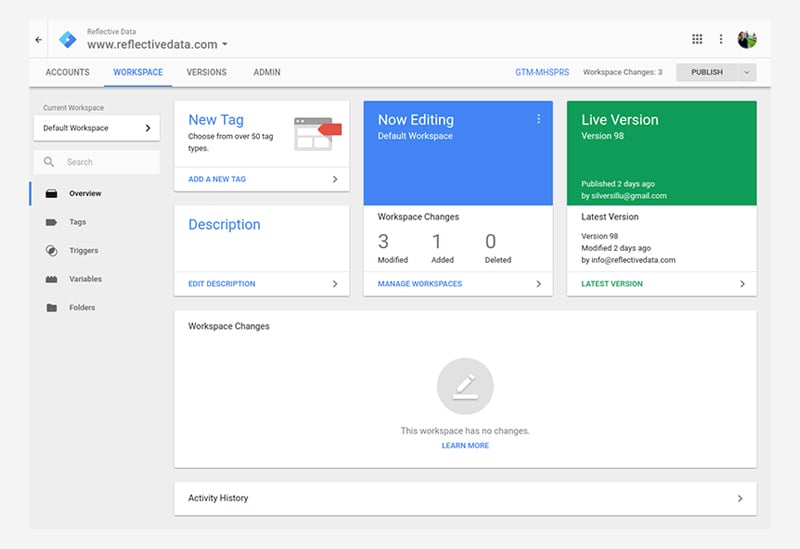


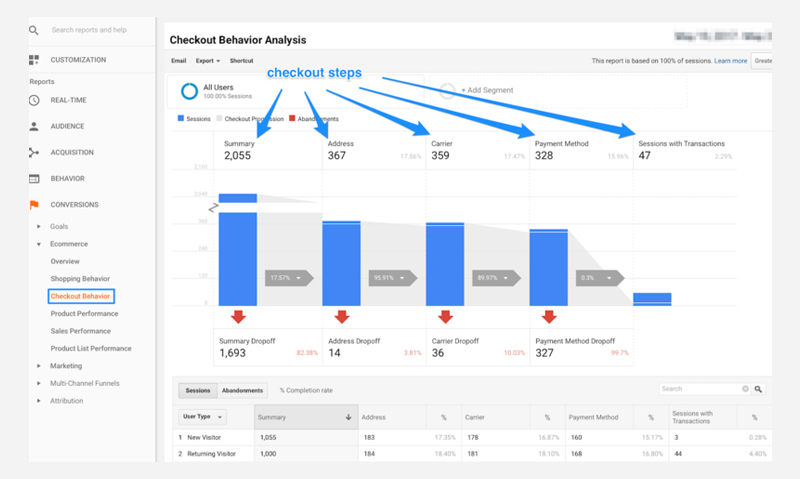
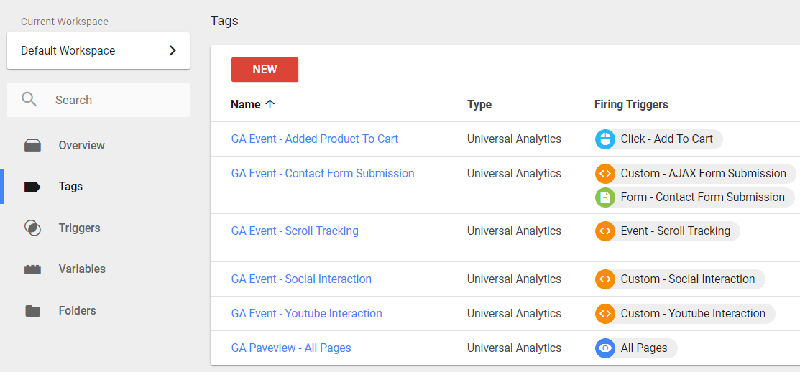
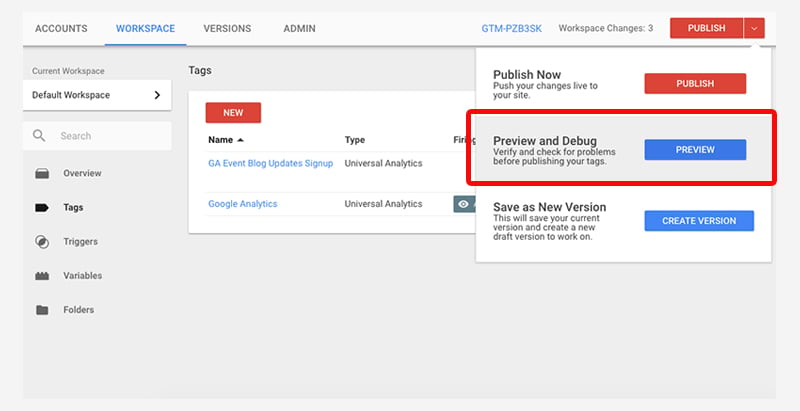
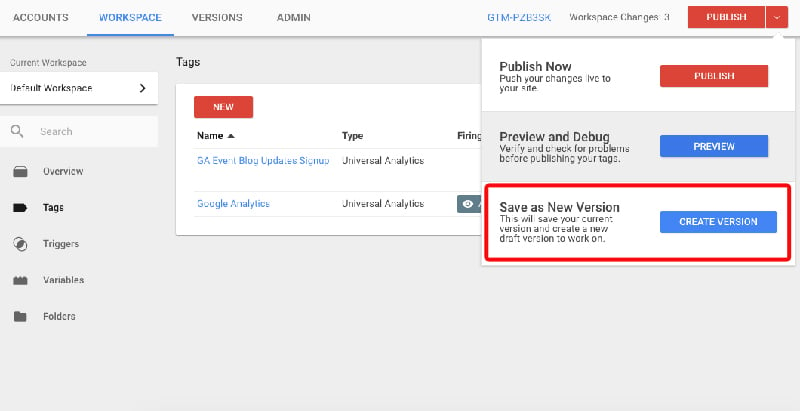
 Shares
Shares